The use of trigonometry in bloodstain analysis
Využití trigonometrie v analýze krevních stop
Metoda krevních skvrn (BPA) je validní forenzní metodou, spadající do metodik biologických stop, využívajících i trigonomické modely. Přes její historický vývoj byla vícekrát propracovaná až do současné formulace v celosvětově uznávané podobě standardního metodického listu. Jde o metodu, která umožňuje analyzovat dynamické a charakterové vlastnosti kapek krve po dopadu na pevnou plochu, kterou může být podlaha, stěny, strop, různé předměty, ale i šaty a eventuálně i tělo. Dle přítomností takovýchto krevních stop je jí možné využít v rekonstrukci trestních činů. Podmínkou jej jejich dobrá čitelnost. V naší práci jsme odzkoušeli validitu uvedené metody na experimentálním modelu s použitím střelné zbraně. Jsou srovnávané hodnoty výpočtu trajektorií délky dopadu, výšky výstřiku a vzdálenosti letu kapek krve ze vzdálenosti 1, 3, 5 a 10 metrů. Vycházelo se přitom ze dvou různých vstupních předpokladů. Prvním je známá hodnota vzdálenosti dopadu a uhel dopadu kapky krve a druhým známá hodnota výšky výstřiku a uhel dopadu kapky krve. Podle trigonomických vzorců byla pak vypočítaná buď vzdálenost dopadu vybrané kapky krve, nebo výška výstřiku vybrané kapky krve a bez možnosti ověření i vzdálenost trajektorie letu kapky krve. Výsledky dokumentují, že uvedená metoda je pro tyto potřeby jen orientační a vypočítané hodnoty se od reálních odchylují se zvětšující se vzdáleností výstřelu. Až na ojedinělé hodnoty jsou vypočítané výsledky vzdálenosti dopadu kapky krve pravidelně nižší než skutečné hodnoty a vypočítané hodnoty výšky výstřiku kapky krve pravidelně vyšší než skutečné hodnoty. Navzdory uvedeným nepřesnostem mají námi získané výsledky jistou výpovědní hodnotu. Jeví se užitečné využívat tuhle metodu při vyšetřování a ověřovaní průběhu jednotlivých činů v kriminalistické a forenzní praxi, jako doplňkový zdroj informací.
Klíčová slova:
balistika – analýza krevních stop – střelní zbraně – sebevražda – trigonometrie.
Authors:
Peter Makovický 1; Petra Horáková 1; Petr Slavík 1; František Mošna 2; Olga Pokorná 2
Authors place of work:
Czech University of Life Sciences
; Department of Veterinary Sciences
1; Department of Mathematics
Kamýcka 129, 165 21 Prague 6 – Suchdol. Czech Republic.
2
Published in the journal:
Soud Lék., 58, 2013, No. 2, p. 20-25
Category:
Původní práce
Summary
Bloodstain pattern analysis (BPA) is a valid forensic method which belongs to the category of biological methods using trigonomic models. Despite its development through the years, the method has been re-formulated a standard one and globally used, recognized in standard sheets. This method permits exact analysis of the dynamic and characteristic properties of bloodstains after impact on surfaces such as floors, walls, and ceilings, various exterior and interior items, and clothes. It is also possible to determine the characteristics of blood from the outer part of the body. According to the presence of blood and its quantity, it is also possible to use this method for verification of reconstruction of criminal acts, while being tested for its validity with primary conditions of preserved and readable traces of blood. Even though this method is not considered as the major one or the only one information obtained in this way can be used for judicial. In our research, we tested the validity of this method in an experimental model using firearms. We compared measurements of the lengths of trajectory of impact and the height of the blood sprayed upwards from a distance of 1, 3, 5 and 10 meters. The experiment was based on two main presumptions. The first was the knowledge of the value of the distance and the angle of impact of the bloodstain, the second, the ability of the blood to reach a certain height and the angle of its impact. In accordance with trigonometric formulas, both the impact of the selected distance of drops of blood, and the height of the selected bloodstain could be determined without any verification of the flight trajectory and the distance of bloodstains. The results indicate that the method for these requirements differs from the real values, while increasing the measurements with the indicated spot of the shot. Aside from the unique values which were calculated, other results of the impact of the distance of drops of bloodstain were considered of lower value, and the values concerning the height of the bloods stains after the shot higher than real values. In spite of the lack of total accuracy, we recommend using this method widely and more often for investigation and verification of individual acts in criminal and forensic practice.
Keywords:
ballistics – analysis of bloodstain – firearms – suicide – trigonometry.
Based on the assumption of the individuality of criminal offenses, interpretation of each offense requires a different approach. Analysis of events allows us to understand their dynamics and also contributes to understanding the behaviour of the offender. Analysis of biological traces in the form of blood spots is a well-known method applicable for reconstruction and verification of the credibility of events. As early as in the work of Balthazard et al. (3) we can find relationships between the structure and shapes of blood spots. Much later there were works which determined the relationship between the trajectory of impact of blood drops and their shape (2). Geometry, which at that time was commonly used in ballistics, was starting to be applied for determination of the impact of blood stains. Further interest in this issue led to independent forensic expertise concerning analysis of blood stains according to their size, shape and possibly even quantity. An established international commission defined the terminology for working with bloodstains.
The specific physical properties of a drop of blood come from the separation of large quantities of blood drops round shape after impact, and create a classic pattern. There is a relationship among these images (6) [Figure 1]. As the impact angle of a drop of a blood is reduced, the pattern created is more oblong, with the exception of the speed of a flying drop of blood, including impact on various materials (8). Thus, it is possible to determine the angle of impact of blood drops (13). Another method, based on trigonometry, enables determination of the quantitative parameters of the estimated impact of blood drops, which significantly helps in analyzing a criminal offense. The calculation uses the image of a right triangle with a known angle of the impact of blood drops and the angels of the other sides [Figure 2]. In a right triangle, one arm of each acute angle is the hypotenuse and the others the ordinates. The ordinate lying on the shoulder of the acute angle is called adjacent to this angle, and the other ordinate is opposite that angle (14). The question, then, is to calculate the length, height and distance, and the impact of drops of blood according to these results can verify the credibility and possibly reconstruct a crime. In most works, including forensic practice, a calculation method is employed which uses a trigonometry-based line model.
It seems that the long-term calculations of the world’s leading experts and its institutions have already been standardized, and the procedures for all calculations in worldwide scientific literature have already been written. These experts are applying this information to applied science with added computer forms using trigonometric models, more and more often than re-analyzing already analyzed procedures. This is the trend of writing the work of home authors, even though it is necessary to add that this is rather rare work. The same applies to the use of bloodstain pattern analysis (BPA) in applied practice, which we consider as used only minimally. All of this suggests that although the methodology of BPA is well known from the specialists, it is not given enough attention for the practical training as well as for scientific part. In our work we have verified the validity of these methods in an experimental model with detailed methodology and results. We offer these results to the public.
MATERIALS AND METHODS
Characteristics of the experiment
We developed an experimental model [M1] which replicated a real situation of blood spatter using a gun. Blood stored in test tubes was used. After shooting the contents of the test tubes, we analyzed the blood stains using valid forensic techniques. The values in terms of trigonometry were then calculated from the proportion of the blood spots. This model was based on a traditional triangle [Figure 3].
Collection and transportation of the material
Beef blood which was diluted with K2EDTA [Biolatest] in a ratio of 1 : 9 was put into 10 ml plastic tubes with a length of 7.4 mm, a diameter of 7 mm and with 0.1 mm wall thickness. Each was filled with blood to the very top. The blood was collected in the experimental stables of the Czech University of Life Sciences. A total of 40 tubes of blood were used. Each tube had been previously identified and accurately recorded. The blood collected was stored in a transport box and then immediately transported to a professional shooting range (1).
The experiment
Upon arrival at the shooting range, the tubes were stored in a rack with a peak at an altitude of 100.00 cm and subsequently one of the following distances: 1, 3, 5 and 10 meters, always in a plane with a right angle, so that each tube of blood shot was perpendicular [Photos 1 and 2]. The floor was covered in advance with a fine film and adjacent bright paper, which was changed after each shot. The weapon used was a Russian-made 78 and TOZ 22LR bullets. Gradually, all the forty tubes were shot from these distances, while after each shot the width and height of one drop of blood and the distance from the centre of the bottom frame were measured [Photos 3 and 4]. The data for each group were logged immediately after measuring. The blood material was treated within 2 hours after collection from the last blood tube. Pictures of the experiment were taken with a camera [Olympus ∝ 840].




Data processing and evaluation of data
The angle of impact of blood drops was calculated from the measured data [Figures 4 and 5]. The results were obtained in models with classical trigonometric formulae. We used the following alternatives for calculation: One was the known angle of impact of the blood drops and the other the known distance of impact of the drops of blood [x], as well as the height of the sprayed blood drops [y]. In our model, we then calculated the values of x and y, including the distance of the flight trajectory of the drops of blood [l] [Figure 6]. The calculated data were compared with the real values of these data, which were measured on site.
RESULTS AND DISCUSSION
The results show that the values of x and y in all ten cases, including all the recorded distances of the missiles, were with some variations, calculated from this model. All the data which we obtained documented that this method is approximate. All the detailed measured values are given in the tables [Tables 1, 2, 3 and 4]. We can demonstrate that the measured values approximate the real values. Firearms are frequently used murder weapons, and as an easily handled instrument are also popular for suicide. In literature there are studies that this effect is also documented in trends in the use of various types of firearms. The work of Molina and DiMaio (11) indicates that firearms have been the most common instrument for murders and suicides over the past few years. Their efficiency makes them an instrument with fatal consequences. In our work we used a Russian-made rifle with a bullet weighing 2.6 grams, gaining an initial velocity of 340 m/second and initial energy 150 J, with a range up to 2 km. It is a heavy weapon. In scientific literature there remains more work to be done to compare patterns for analysing the significance of the origin of blood stains. In his work Liesengang (10) indicates that the main finding which determines the estimated origin of blood stains is the angle of impact. Rowe (15) calls attention to an error in determining the impact of drops of blood, and in the work of Benecke and Barksdale (5) the possibility of determining the precise selection of valid traces of blood is described in specific cases. These methods are commonly used in forensic practice and forensic medicine. In fact, they are valid methods which are an important scientifically-based reconstruction of the offense and may answer a number of questions (12).
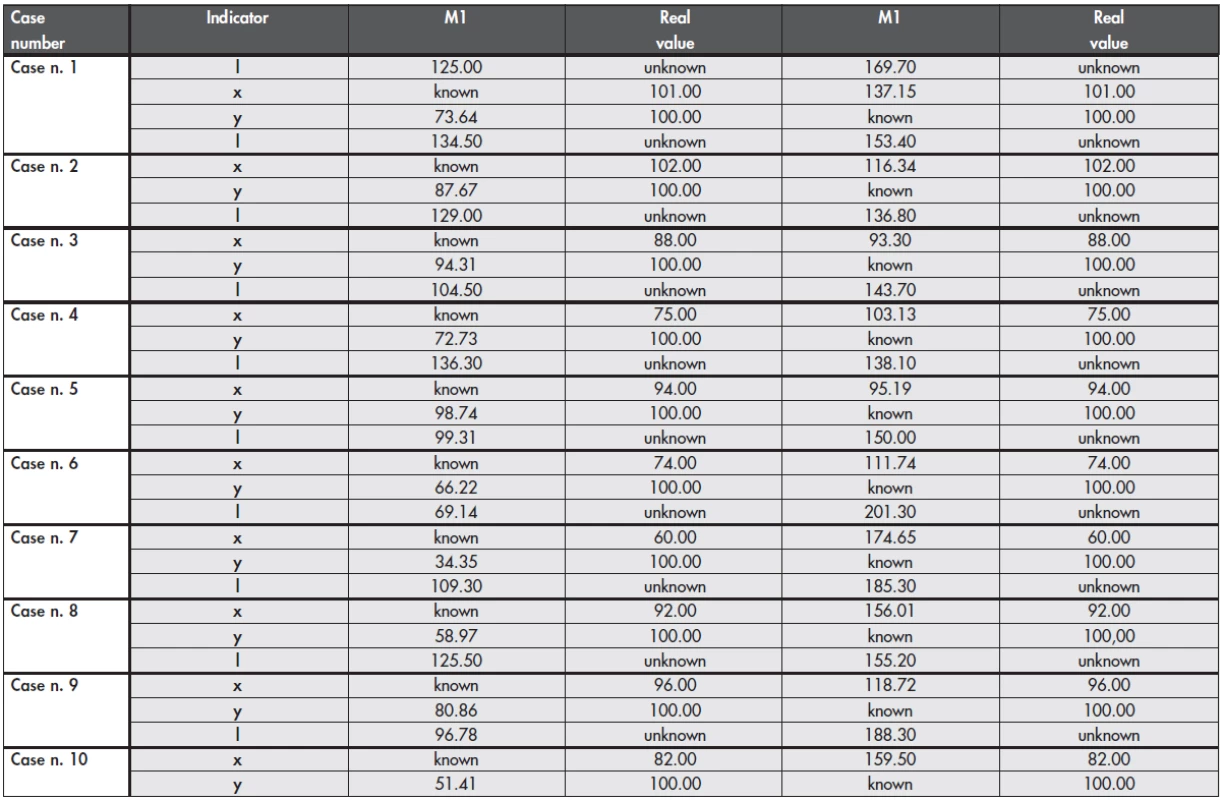
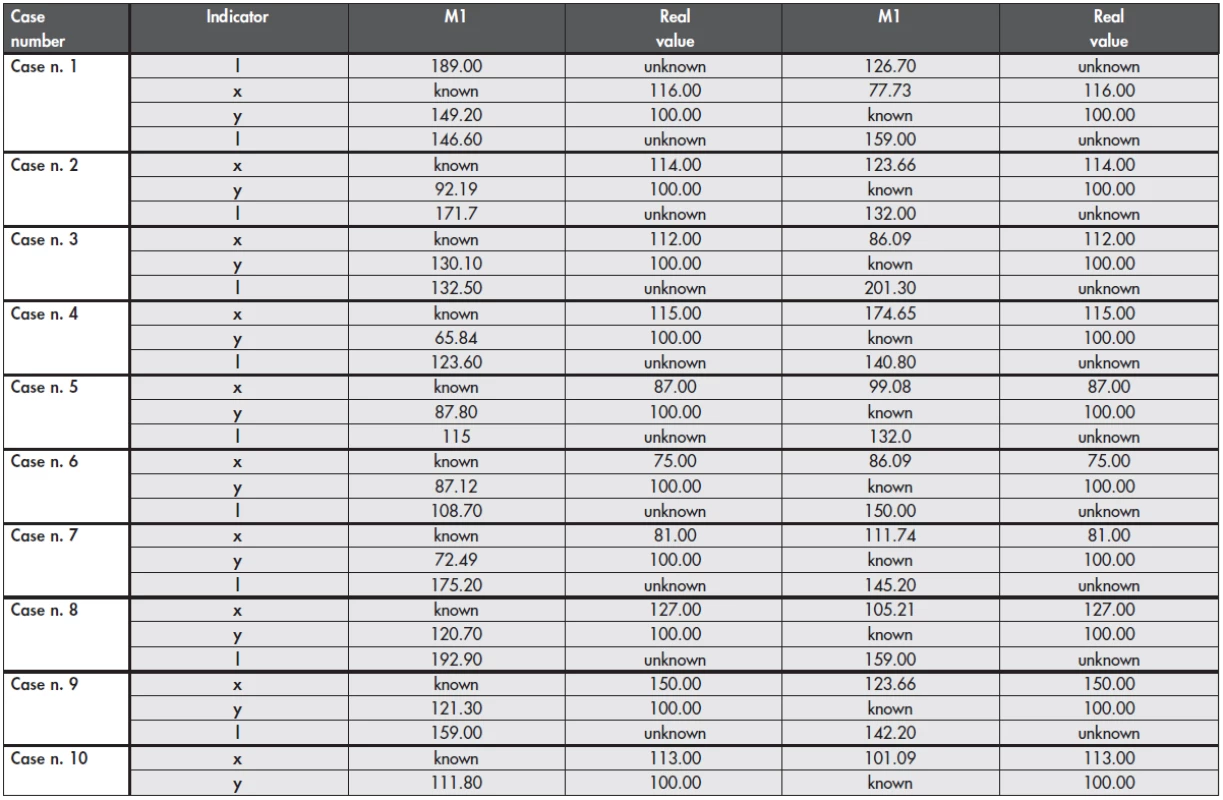
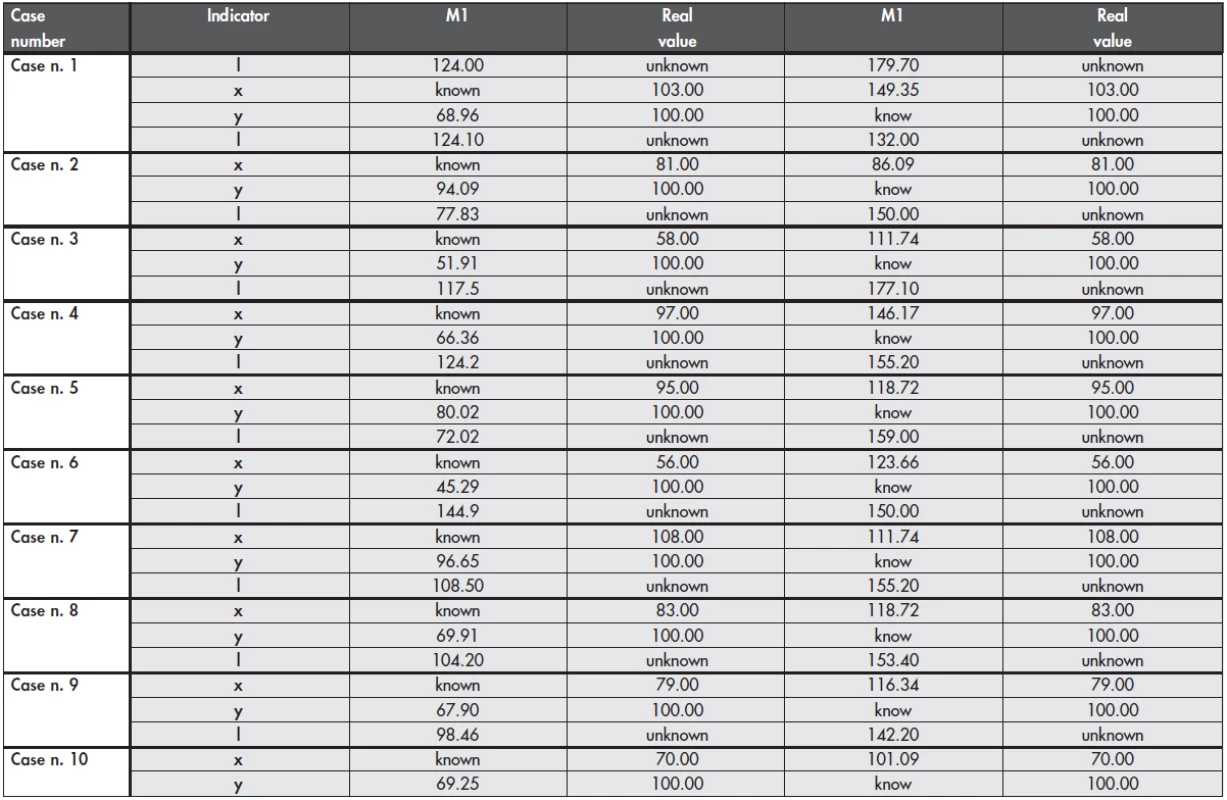
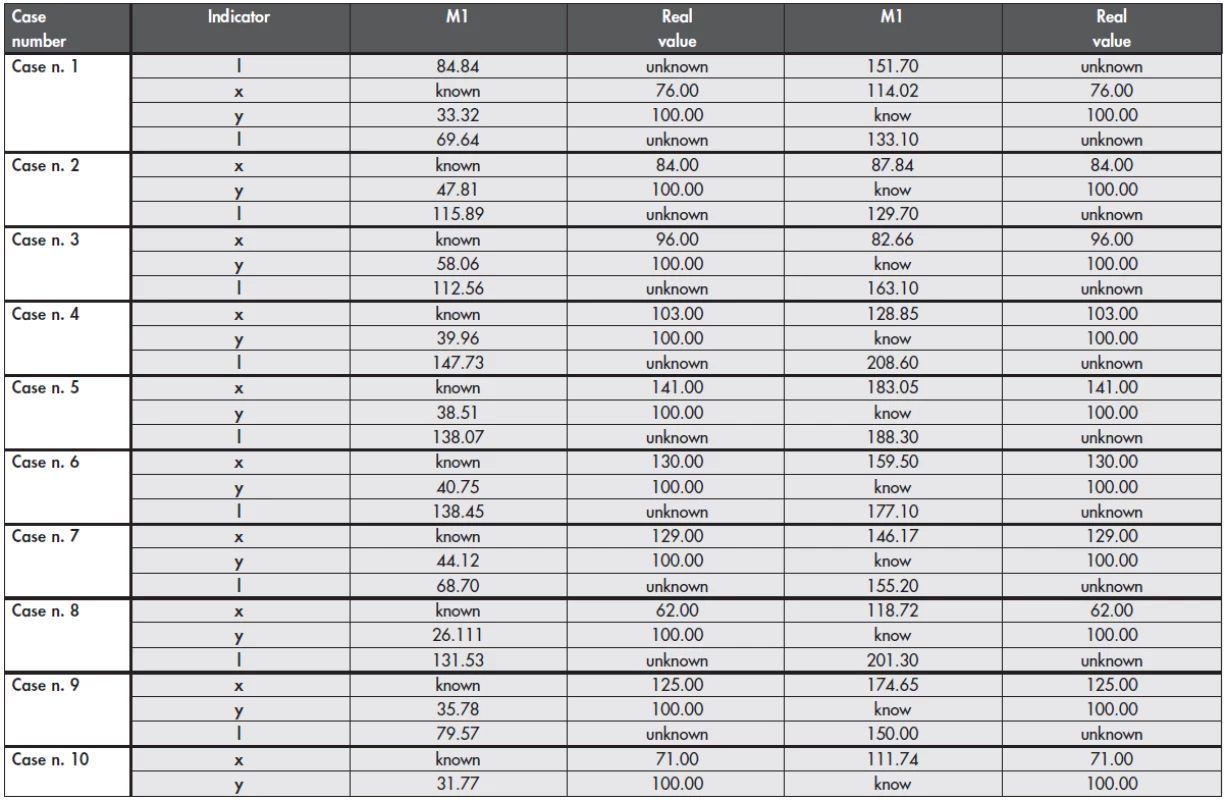
Many works are based on the assumption of the impact of blood drops in a perpendicular straightforward direction. This model is applicable in our view when the traces of blood spots are on a wall. However, if there are drops of blood on the floor, we think that a linear impact model should not be used, because it ignores the force of gravity. This is also why we decided to use a different method of calculation. The calculations were based on the parabola and its trajectory with a specially modified formula. We will not state the results of this experiment, because of its inaccuracy with regard to the original model. Furthermore, the inaccuracy analogically increased with the distance. At a distance of 10meters, the deviation reached an inaccuracy of 100% from recorded measurements. At this time, this method of the linear model is commonly used around the world. Knock and Davison in their work (9) emphasize the effect of gravity on a blood drop. Their study was based on the variability of the results determining the angle of impact of drops. The work of Wells (16) indicates that the true origin of a drop of blood is dependent on several factors, including flight dynamics of drops of blood. On the other hand, there was no ideal pattern found, because variation is due to the dependence of drag force on droplet diameter and velocity, which is different for each droplet. Bloodstain patterns were evaluated by various techniques to investigate their size, speed and also their formation (7). In the one perfect experimental work by Behrooz et al. (4), which deals with the underlying mechanisms of blood disintegration and its subsequent effect on the area of origin calculations, it was stated that this was found to be very accurate with a maximum offset of only some mm.
In conclusion, we state that we are new to this field, but we have tried to find conclusions which would be as accurate using the method described above. The applied experiment was performed responsibly, and with the intencion of further application of this method in veterinary medicine with regard to shooting of animals. On the level of application we came across some problems. After multiple attempts using the method on different models we offer you reputable conclusions, and we recommend the use of this method during investigations and verification of individual acts in criminal and forensic practice.
ACKNOWLEDGMENT
We thank Mrs. Kateřina Žáčková for editorial assistance with this manuscript.
Correspondence address:
ing. Peter Makovický, PhD.
Czech University of Life Sciences in Prague
Kamýcká 129, 165 21 Prague 6 – Suchdol.
e-mail: pmakovicky@email.cz
Zdroje
1. Avim.
2. Baird JB. “The individuality of blood and bloodstains”. Can Soc Forensic J 1978; 11 : 83.
3. Balthazard V, Piedelievre R, Desoille H, DeRobert L. Study of projected drops of blood. Ann Med Leg Criminol Police Sci Toxicol 1939; 19 : 265–323.
4. Behrooz N, Hulse-Smith L, Chandra S. An evaluation of the underlying mechanisms of bllodstain pattern analysis error. J Forensic Sci 2011; 56 : 1136–1142.
5. Benecke M, Barksdale L. Distinction of bloodstain patterns from fly artefacts. Forensic Sci Inter 2003; 137 : 152–159.
6. Brinkmann B. Expert opinion on biologic stains. Determination of status, future trends. Z Rechtsmed 1988; 100 : 39–54.
7. Carter AL. The directional analysis of bloodstain patterns, theory and experimental validation. J Can Soc Forensic Sci 2001; 34 : 173–89.
8. Hulse-Smith L, Illes M. A blind trial evaluation of a crime scene methodology for deducing impact velocity and droplet size from circular bloodstains. J Forensic Sci 2007; 52 : 65–9.
9. Knock C, Davison M. Predicting the position of the source of bloodstain for angled impact. J Forensic Sci 2007; 52 : 1044–1049.
10. Liesegang J. Bloodstain pattern analysis – blood source location J Can Soc Forensic Sci 2004; 37 : 215–222.
11. Molina DK, DiMaio VJ. Trends in firearm usage in homicides and suicides in Bexar country Texas from 1982 to 2004. Am J Forensic Med Pathol 2008; 29 : 281–284.
12. Parkinson GA. Stringing a crime scene to determine trajectories. J Forensic Indent 2003; 53 : 435–443.
13. Rizer C. Blood drop patterns. Police 1960; 4 : 18–19.
14. Rose D, Ekleberry T, Wilgus G. Introduction to the trigometric shooting reconstruction method. J Forensic Ident 2004; 54 : 637–644.
15. Rowe WF. Errors in the determination of the point of origin of bloodstains. Forensic Sci Inter 2006; 161 : 47–51.
16. Wells KJ. Investigation of factors affecting the region of origin estimate in bloodstain pattern analysis. Thesis: University of Canterbury; 2006 : 185.
Štítky
Patologie Soudní lékařství ToxikologieČlánek vyšel v časopise
Soudní lékařství
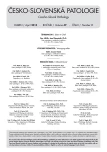
2013 Číslo 2
Nejčtenější v tomto čísle
- Smrt potápěče v důsledku vzduchové embolie: dvě kazuistiky
- Separace spermií pomocí mikromanipulátoru z neobvyklého forenzního vzorku – kazuistika
- Využití trigonometrie v analýze krevních stop
- Doc. MUDr. Přemysl Klír, CSc. sedmdesátníkem






